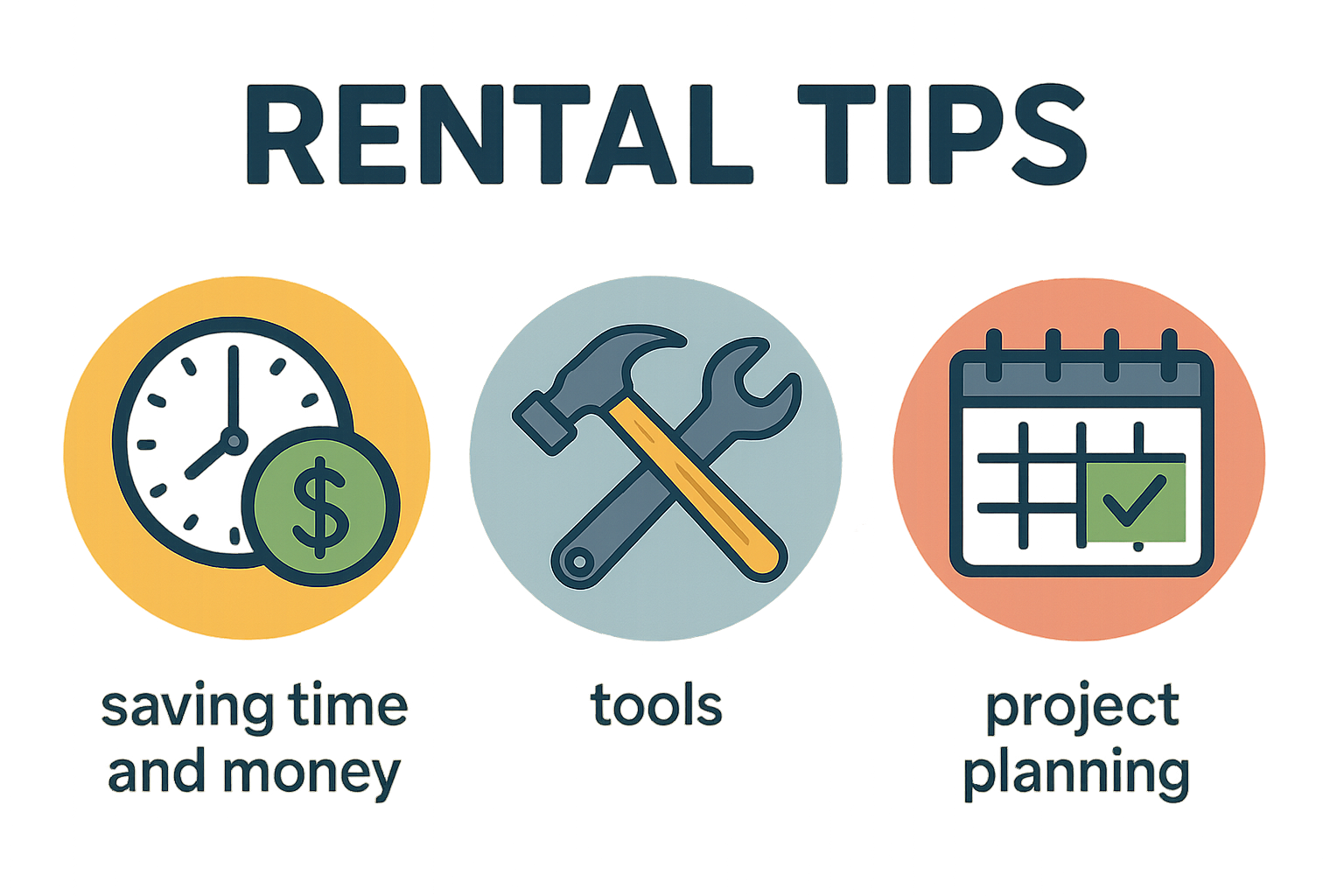
When it comes to tackling construction, landscaping, or cleanup projects, renting equipment like a skid steer and attachments can be a smart and cost-effective solution. However, without proper planning, equipment rental can quickly become more expensive and time-consuming than expected. To help you get the most out of your rental experience, here are five proven tips that will save you both time and money on your next project.
1. Plan Ahead and Know What You Need
Before renting any equipment, clearly define your project scope. Make a list of the tasks you’ll be performing and the materials you’ll be handling. From there, determine the attachments and type of skid steer you’ll need. Are you clearing brush, digging holes, or moving pallets? Each task may require a different attachment—such as a brush cutter, auger, or pallet forks.
Planning ahead helps ensure you get the right machine and avoid unnecessary last-minute changes or extra trips to the rental yard.
2. Book in Advance
Rental equipment, especially popular machines like skid steers, can book up quickly during peak seasons. Reserving your equipment early guarantees availability and can often help you lock in a better rate. Many rental companies offer discounts for advance bookings or longer rental periods, which can result in significant savings.
3. Choose the Right Size Equipment
It’s tempting to rent the biggest machine available, but bigger isn’t always better. An oversized skid steer can be hard to maneuver in tight spaces and may use more fuel than necessary. On the other hand, a machine that’s too small for the job could slow down your project. When in doubt, consult with the rental company—they can recommend the best size and model based on your project needs.
4. Understand the Rental Terms
Before signing any agreement, read the rental contract carefully. Make sure you understand the pricing structure, including hourly vs. daily rates, fuel charges, delivery fees, and late return penalties. Clarify what’s included in the rental, such as attachments or damage insurance. Avoid hidden costs by asking questions upfront.
Also, inspect the equipment thoroughly before leaving the lot. Take photos of the machine’s condition to protect yourself from being charged for pre-existing damage.
5. Take Advantage of On-Site Training or Tutorials
Even if you’ve used skid steers before, each machine operates a little differently. Many rental companies offer quick training or how-to guides for using specific attachments. Taking 10–15 minutes to learn how to properly operate and maintain the equipment can prevent accidents, improve efficiency, and reduce downtime.
If you’re new to operating a skid steer, consider asking the rental company if they provide beginner-friendly models or walkthroughs to help you feel confident on the job.
Conclusion
Renting skid steers and attachments can streamline your project and save on costs—if done wisely. By planning ahead, booking early, choosing the right equipment, understanding your contract, and brushing up on operation basics, you’ll be well on your way to a smooth, successful project. At LED Skid Steer & Attachments Rentals, we’re here to help you every step of the way with reliable equipment and expert advice.
